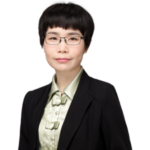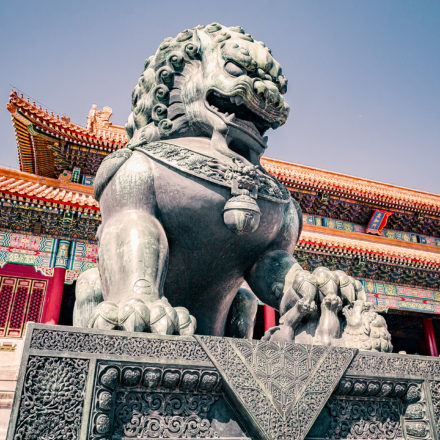Xiaoxia Zhang, an IP Partner in KWM’s Beijing office, explains how a recent IP dispute resulted in the subject title of a patent claim limiting its protection scope. The Supreme People’s Court of the People’s Republic of China (SPC) has ruled that certain features of the subject title of a patent claim can have a limiting effect.
Generally, an independent claim of a patent defines the scope of an invention, without relying on any other claim (this is in contrast to a ‘dependent claim’ which refers to an earlier claim). It comprises a preamble and a body. The preamble comprises two parts:
- the title of the subject matter (the subject title): a generalization of the technical solution and an integral part of the preamble portion of the independent claim
- the necessary technical features shared by the subject matter and the prior art.
What did the Supreme People’s Court (SPC) decide?
In a latest case heard by the SPC of the People’s Republic of China, the SPC made the following ruling:
I. Specific technical features in the subject title: When the subject title constitutes or implies specific technical features, it has a limiting effect on the protection scope of the claim.
[box] Example – product claim If the subject title defines the use of the product, the use limitation implies that the product to be protected has a certain specific structure, composition and other features. The subject title limits the protection scope of the claim. If the way the product is used has no substantial affect on its claimed structure, composition and other features, the subject title limited by use has no limitation on the protection scope of the claim.[/box]
II. Inventions differentiated by the subject title (even if abstract): When the subject title is considered as distinguishing from the prior art (that is, existing inventions or knowledge),it limits the protection scope of the claim. No matter how abstract the subject title is, if it is used to distinguish from the prior art, it means that the subject title has a status similar to the body portion of the claim. In this case, the subject title has a limiting effect on the protection scope of the claim.
III. Shared technical features: The subject title has a limiting effect on the protection scope of the claim when:
a) a reiteration of some technical element(s) appears in the subject title and the body portion of a claim, or
b) the subject title and the body portion of a claim refer to each other.
The repeated appearance of the same technical element in the subject title and body of a claim significantly increases the possibility that they will be interpreted together. This makes it difficult to distinguish the subject title and body portion from the perspective of semantic interpretation. In this case, it is usually deemed that the subject title has a limitation on the protection scope of the claim.
What are the details of the case?
In the patent infringement dispute of Jizhijia Co., Ltd. v. Hairou Co., Ltd. etc. [(2020) Zui Gao Fa Zhi Min Zhong No. 1469)],the SPC mainly determined the limitation of the subject title on the protection scope of the claim from the following two aspects.
- Firstly, the subject title of Claim 1 of the involved patent was considered as distinguishing from the prior art. The word “shelf” in the subject title, “a shelf hitting method”, has a different meaning than “slot”.
According to the description of the involved patent, “slot” refers to a storage device that usually keeps only one kind of goods, and “shelf” refers to a collection of slots that can keep multiple slots and multiple kinds of goods. The involved patent improves and optimizes the technical solution of the prior art “using traditional automated sorting equipment such as shuttles to transport slots which usually keeps only one kind of good”. It proposes the technical solution of “the ‘from goods to person’ robot system… uses shelves as a transporting unit”.
The “shelf hitting method”, which is a significant component of the technical solution of using “the ‘from goods to person’ robot system to transport shelves”, is different from the “slot hitting method”. The latter is a significant component of the technical solution of “using traditional automatic sorting equipment such as shuttles to transport slots”. The meaning of “shelf” in the subject title “a shelf hitting method” is different from that of “slot”.
- Secondly, the term “shelf” in the subject title of Claim 1 of the involved patent repeatedly appears in the subject title and the body of the claim, making it difficult to distinguish from each other for semantic interpretation.
This has a limiting effect on the protection scope of the claim. In addition to the term “shelf” appearing in the subject title of Claim 1 of the involved patent, technical terms such as “shelf pool” and “shelf” also appear in several places in the body of the claim.
Key takeaways
When determining the scope of protection provided by a patent claim, the analysis includes whether the subject title:
- constitutes or implies specific technical features,
- is used to distinguish from the prior art, and
- there is a reiteration of technical element(s) or citing relationship between the term of the subject title and the body portion of a claim.
This will determine the actual impact of the subject title on the protection scope of the claim.
Want to know more about the cases those are informing how businesses protect their IP in China? Check out Xiaoxia Zhang’s other posts:








